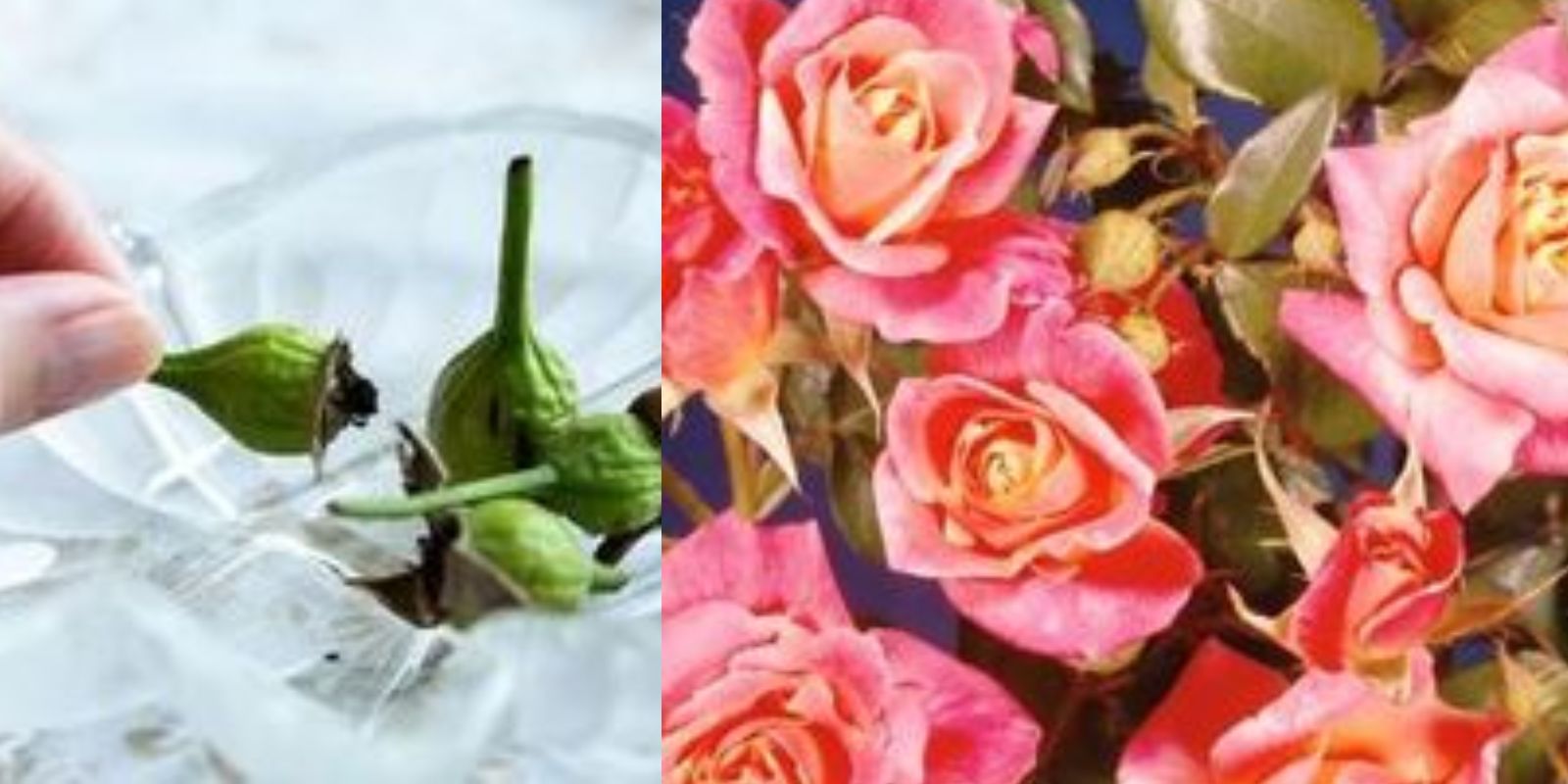Roses, with their exquisite blooms and enchanting fragrance, have captivated gardeners and flower enthusiasts for centuries. As symbols of love, beauty, and elegance, roses (Rosa spp.) are cherished additions to any garden, offering a wide range of colors, forms, and fragrances. Whether you’re a novice gardener or a seasoned enthusiast, cultivating healthy and vibrant roses requires understanding their specific needs and providing consistent care. This comprehensive guide will walk you through everything you need to know to successfully grow and care for roses, ensuring they thrive and adorn your garden with their timeless beauty.
Introduction
Roses hold a special place in the hearts of gardeners worldwide for their unparalleled beauty and rich history. With thousands of varieties available, ranging from classic hybrids to modern cultivars, roses offer endless possibilities for garden design and personal enjoyment. Whether you prefer the traditional charm of tea roses, the vibrant hues of floribundas, or the romantic appeal of climbing roses, understanding the basics of rose care is essential to cultivate healthy, flourishing plants.
Steps to Growing and Caring for Roses
1. Planting
Choosing the Right Location: Roses thrive in full sun, requiring at least six hours of direct sunlight daily. Select a well-draining location with fertile soil rich in organic matter. Avoid planting in low-lying areas where water tends to collect, as this can lead to root rot.
Preparing the Soil: Before planting, prepare the soil by incorporating compost, aged manure, or organic matter to improve soil structure and fertility. Roses prefer slightly acidic to neutral soil with a pH of 6.0 to 7.0. Break up any clumps and remove rocks or debris that could hinder root growth.
Planting Roses: The ideal time to plant roses is in early spring after the last frost date or in early fall, allowing them to establish roots before winter. Dig a hole twice the diameter of the root ball and deep enough to accommodate the roots without bending or crowding. Place the rose bush in the hole, ensuring the bud union (the knob-like swelling where the canes meet the roots) is at or slightly above ground level. Backfill the hole with soil, gently firming it around the roots, and water thoroughly to settle the soil.
2. Watering
Deep Watering: Roses prefer consistently moist soil, especially during the growing season. Water deeply at the base of the plant once a week, providing approximately 1 inch of water. Adjust watering frequency based on weather conditions; during hot, dry periods, roses may require more frequent watering to maintain soil moisture.
Avoid Overhead Watering: To prevent fungal diseases, such as powdery mildew and black spot, water roses at the base rather than overhead. Use a soaker hose or drip irrigation system to deliver water directly to the roots while keeping the foliage dry.
3. Fertilizing
Feeding Roses: Roses are heavy feeders and benefit from regular fertilization to support healthy growth and abundant blooms. Apply a balanced rose fertilizer, such as a 10-10-10 or 12-12-12 formula, every 4-6 weeks during the growing season (spring through fall). Follow the manufacturer’s instructions for application rates based on the size and age of your roses.
Organic Alternatives: Consider supplementing with organic fertilizers, such as compost tea, fish emulsion, or bone meal, to provide additional nutrients and improve soil health naturally.
4. Pruning
Pruning Basics: Pruning is essential for maintaining the health, shape, and vigor of rose bushes. Prune roses annually in late winter or early spring before new growth begins. Remove dead, damaged, or diseased wood first, cutting back to healthy tissue. Shape the plant by pruning to an outward-facing bud to encourage open growth and improve air circulation.
Different Types of Roses: Pruning techniques vary depending on the type of rose:
- Hybrid Tea and Grandiflora Roses: Prune lightly to maintain a balanced shape and encourage vigorous flowering.
- Floribunda Roses: Prune more lightly than hybrid teas, focusing on removing dead or weak stems to promote new growth and blooming.
- Climbing Roses: Prune after the first flush of flowers to shape and train new growth along supports or trellises.
5. Pest and Disease Management
Common Pests: Roses are susceptible to pests such as aphids, spider mites, and thrips, which can damage foliage and reduce flower production. Inspect plants regularly for signs of pests, such as distorted leaves or sticky residue, and treat promptly with insecticidal soap or neem oil.
Disease Prevention: Fungal diseases, including powdery mildew and black spot, can affect roses, particularly in humid conditions. To prevent diseases, maintain good air circulation around plants by spacing them adequately and pruning to promote airflow. Remove and discard any infected leaves or canes promptly and consider using fungicidal sprays as a preventive measure.
Conclusion
Roses continue to enchant gardeners with their beauty, fragrance, and versatility. By following these steps and incorporating best practices for rose care, you can cultivate healthy, vibrant roses that will reward you with a profusion of blooms season after season. Whether you’re cultivating a formal rose garden, adding accents to borders and beds, or training climbers to adorn fences and trellises, roses are sure to elevate the aesthetic and ambiance of your outdoor space.
Whether you’re new to gardening or a seasoned enthusiast, growing roses offers endless opportunities for creativity and enjoyment. Embrace the art of rose cultivation, and transform your garden into a haven of timeless beauty and floral splendor. With dedication and care, your roses will flourish, becoming enduring symbols of love and elegance in your garden landscape. Explore the world of roses, and let their captivating charm inspire and delight you year after year.

